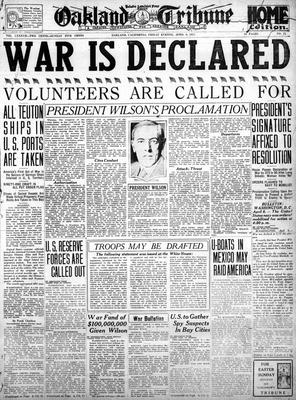
1 minute read
Historical Context of War
What was World War I? World war I was a war between the Triple Entente and the Triple Alliance, which started on the 28th of July 1914 and lasted until the 11th of November 1918. The war started for several reasons, which can be summarised in the acronym M.A.I.N., the four aspects being militarism, alliances, imperialism, and nationalism

Advertisement

Militarism is a trend caused by new technology, an arms race, and is an important force as it shapes the public’s opinion and glorifies the military. Alliances are the result of world division, it is based on traditions, strengths, treaties, and factors; if one nation declared war all groups allied would join The act of extending the power of a nation through acquisition is imperialism, they profit through goods and labour from the nations they conquered and build up militaries to protect their conquered nations. Lastly, nationalism is the idea that your nation is greater than other nations, and it can be expressed through aggression towards other nations; nationalism is often identified through a shared set of values or ethnicity factors
The trigger to declarations of war was the response to the assassination of Austrian archduke, Franz Ferdinand on the 28th of June 1914 Franz Ferdinand was an important figure as he was the eldest son of the archduke Charles Louis and heir to the Austro-Hungarian throne, Charles Louis was the brother of an AustroHungarian emperor known as Franz Joseph. In response to the assassination, Austria-Hungary declared war on Serbia on the 28th of July 1914 and Russia officially ordered the mobilization of the four military districts facing the AustroHungarian Empire However, on August 1st, after Russia defied the demands to halt mobilization, Germany declared war on Russia; and France, Russia’s ally, ordered its own militarization, which lead to France and Germany declaring war on each other





